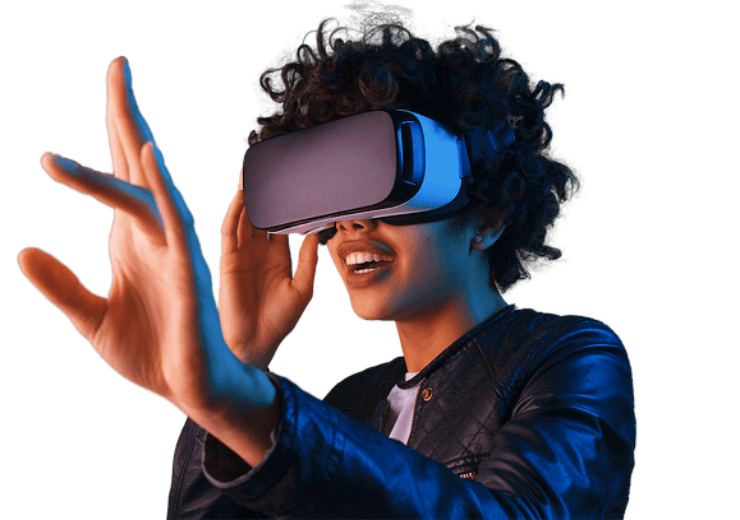EaseVRx leverages the principles of cognitive behavioural therapy (CBT) and other techniques to reduce the burden of chronic pain

EaseVRx uses cognitive behavioural therapy. (Credit: Achin bm from Pixabay.)
AppliedVR has received the US Food and Drug Administration (FDA) approval for its EaseVRx, a prescription-use virtual reality (VR) system to reduce chronic lower back pain in adults.
EaseVRx leverages the principles of cognitive behavioural therapy (CBT) and other techniques to reduce the burden of chronic pain.
CBT is said to provide an emotional, cognitive and behavioural approach to increase function and minimise the burden of chronic pain.
The principles of behavioural therapy include deep relaxation, attention-shifting, interoceptive awareness, distraction, immersive enjoyment, self-compassion, acceptance, visualisation, knowledge of pain and rehabilitation.
EaseVRx comes with a VR headset, controller, and a device that amplifies the sound of the user’s breath to support the deep breathing exercises.
The treatment programme comprises 56 VR sessions, two to 16 minutes long, intended to be used as part of a daily eight-week treatment programme.
Each treatment session is designed to incorporate the CBT principles to help the user obtain relief and reduction of pain in daily activities.
FDA centre for devices and radiological health office of neurological and physical medicine devices acting director Christopher Loftus said: “Millions of adults in the United States are living with chronic lower back pain that can affect multiple aspects of their daily life.
“Pain reduction is a crucial component of living with chronic lower back pain. Today’s authorisation offers a treatment option for pain reduction that does not include opioid pain medications when used alongside other treatment methods for chronic lower back pain.”
The FDA approval was based on the safety and effectiveness of EaseVRx in a randomized, double-blinded clinical study in 179 participants with chronic lower back pain.
The study participants were assigned to one of two eight-week VR programmes, or a control 2-D programme that did not use skills-based CBT treatment methods.
In the study, 66% of the participants receiving EaseVRx treatment experienced more than 30% reduction in pain, compared to 41% of participants in the control group.
Also, 46% of participants in the EaseVRx group reported a more than 50% reduction in pain, compared to 26% of participants in the control group.
In October last year, FDA has granted the Breakthrough Device designation for EaseVRx and has reviewed the device under its De Novo premarket review pathway.
